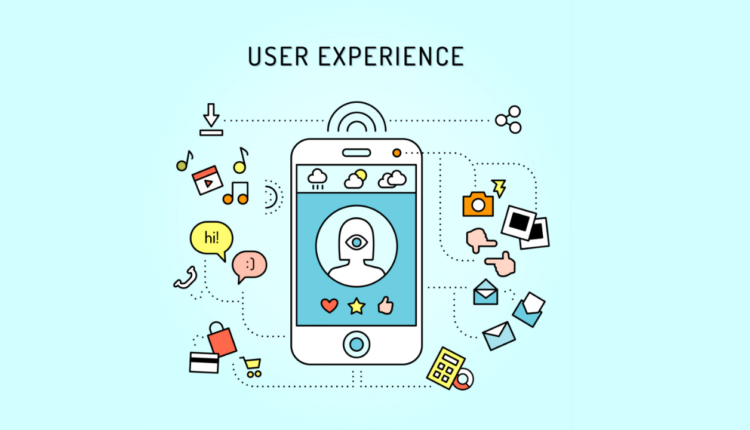In the world of digital advertising, technology is constantly evolving. The way ads are delivered, displayed, and interacted with is undergoing significant changes, driven by a growing focus on user experience (UX). In this article, we’ll explore some key improvements in adtech that are making ads more user-friendly and effective.
Understanding AdTech and User Experience
AdTech, or advertising technology, encompasses the tools and platforms used to deliver, manage, and measure online advertising. User Experience (UX) refers to the overall experience a person has when interacting with a product or service. In the context of adtech, improving UX means making ads more relevant, engaging, and less intrusive.
Personalization: Tailoring Ads to Users
One major advancement in adtech is the shift towards personalization. Instead of bombarding users with generic ads, technology now allows for more targeted advertising based on individual preferences and behaviors.
1. How Personalization Works
- Data Collection: Adtech platforms collect data on users’ online activities, such as websites visited and search queries.
- Data Analysis: Data analysis in order to understand users’ interests and behaviors.
- Ad Delivery: Ads are then tailored to align with users’ preferences, making them more relevant and engaging.
2. Benefits of Personalization
- Relevance: Users see ads that match their interests, thus leading to higher engagement.
- Reduced Intrusiveness: Personalized ads are less likely to be perceived as annoying or irrelevant.
- Increased Conversion Rates: Relevant ads are more likely to result in user actions, such as clicks or purchases.
Improved Ad Formats: From Banners to Rich Media
Ad formats have also evolved to enhance UX. Traditional banner ads are being replaced by more interactive and visually appealing formats.
1. Types of Modern Ad Formats
- Rich Media Ads: These include interactive elements like videos, games, or quizzes that engage users more effectively.
- Native Ads: These ads blend seamlessly with the content of a website or app, making them less intrusive and more engaging.
- Video Ads: Short, skippable video ads provide a more dynamic way to convey a message without overwhelming the user.
2. Advantages of Enhanced Ad Formats
- Engagement: Interactive ads capture users’ attention better than static banners.
- Integration: Native ads integrate with content, making them less disruptive.
- User Experience: Video ads, when done right, can offer a richer and more engaging experience.
Better Frequency Management: Avoiding Overexposure
Another UX improvement in adtech is better frequency management. Showing the same ad too often can lead to user irritation and ad fatigue.
1. How Frequency Management Works
- Frequency Capping: This feature limits the number of times a user sees the same ad within a specified period.
- Adaptive Delivery: Ads are shown based on user interactions, ensuring that they are relevant and not repetitive.
2. Benefits of Frequency Management
- Reduced Annoyance: Users are less likely to frustrate by seeing the same ad repeatedly.
- Improved Engagement: Users are more likely to engage with ads when they are not overexposed.
- Better Results: Balanced ad delivery can lead to better overall campaign performance.
Transparent Data Usage: Building Trust with Users
Transparency in data usage is crucial for improving UX in adtech. Users are increasingly concerned about how their data is collected and used.
1. Steps Towards Transparency
- Clear Privacy Policies: Providing straightforward explanations about data collection and usage.
- Opt-in Options: Allowing users to choose whether they want data collection for personalized ads.
- Data Control: Offering users the ability to view, manage, and also delete their data.
2. Importance of Transparency
- User Trust: Transparent practices build trust between users and advertisers.
- Compliance: Adhering to regulations such as GDPR ensures that data usage is ethical and legal.
- Better Relationships: Users who feel that we handle their data responsibly are more likely to have positive interactions with ads.
Responsive and Mobile-Friendly Ads: Meeting User Experience Expectations
With the rise of mobile device usage, ensuring that ads are responsive and mobile-friendly is essential for a positive UX.
1. Features of Mobile-Friendly Ads
- Responsive Design: Ads that automatically adjust to fit different screen sizes as well as orientations.
- Fast Load Times: Ensuring that ads load quickly in order to avoid frustrating users.
- Touch-Friendly Interactions: Designing ads with touch interactions in mind, such as swipeable carousels or tappable elements.
2. Benefits of Mobile-Friendly Ads
- Accessibility: Ads are easily viewable on various devices, therefore enhancing user experience.
- Engagement: Mobile-friendly ads are more likely to capture users’ attention and further encourage interaction.
- Performance: Optimized ads can lead to better performance metrics and further higher return on investment.
Conclusion

UX improvements in adtech are transforming the way advertisements are delivered and experienced. From personalized content and innovative ad formats to transparent data usage and mobile-friendly designs, these advancements are indeed making ads more relevant, engaging, and less intrusive. By focusing on enhancing the user experience, adtech is not only benefiting advertisers but also ensuring that users have a more positive and enjoyable interaction with ads. As technology continues to evolve, we can expect even more exciting improvements in the future.
Frequently Asked Questions (FAQs) on User Experience Improvements
1. What are UX improvements in adtech?
UX improvements in adtech focus on enhancing the user experience by making ads more relevant, engaging, as well as less intrusive through personalization, better ad formats, and transparent data practices.
2. How does personalization benefit digital advertising?
Personalization tailors ads in order to individual preferences and behaviors, leading to higher engagement, reduced intrusiveness, and improved conversion rates.
3. What are some examples of modern ad formats?
Modern ad formats include rich media ads (interactive videos and quizzes), native ads (blending with content), as well as video ads (short, skippable clips).
4. Why is data transparency important in adtech?
Data transparency builds user trust by clearly explaining how you collect and use data, offering opt-in options, and also allowing users to manage their data.


